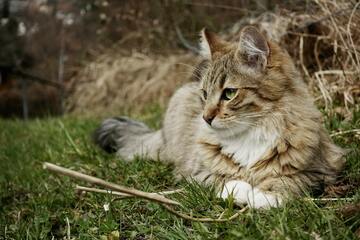When do cats stop growing?
A cat's childhood might not be as long as ours, but it is most certainly just as complex. What are the phases in a cat's growth, and when do cats stop growing, at what age and what size?
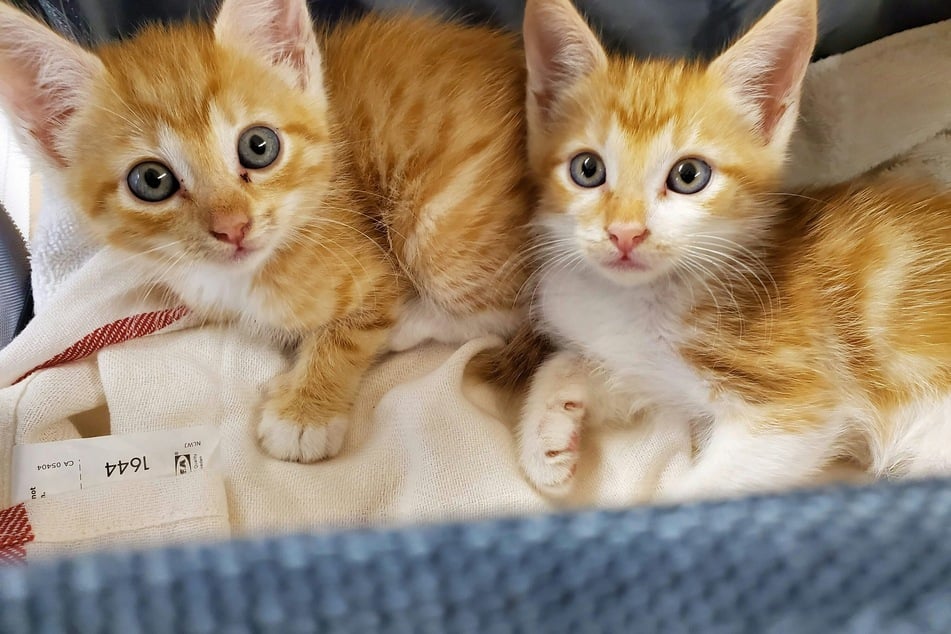
Your kind kitty is a fluffy and funny little creature, endlessly sweet and happy, but it won't always be a young-un. As kittens grow, they go through various phases that see their bodies change and adapt, gradually getting stronger, cleverer, and more ready for adult cat life.
When do cats stop growing, though, and what are the phases of cat growth? Let's find out.
When are cats fully grown: At what age?
A cat is considered fully grown and a proper adult once it reaches 15 months. Technically, the biological process can conclude at around 12 months, but the most common and certain date at which your cat is considered an adult kitty and fully grown is when it reaches 15 months of age.
That's certainly a far cry from the age at which humans are considered adults, which in most countries is 18 years old. Technically, the human brain doesn't stop developing until it is 25, and in certain countries, different ages correspond to different "levels" of adulthood. In the US, for example, 18 is old enough to hold an assault rifle and go to war, but not old enough to drink a beer.
Of course, every cat reaches its true "adulthood" at a different time. Some cats will finish growing at around one year, others may take up until 18 months – it's all dependent on the individual case.
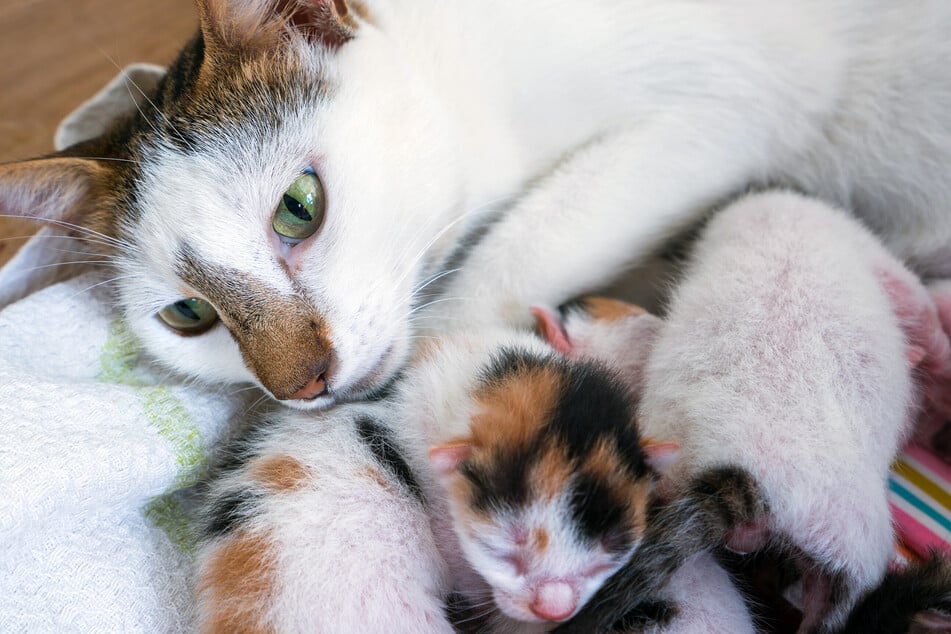
What are the phases in a cat's growth?
There are seven distinct phases in a cat's growth, each of which represents a different part of its development from newborn kitten to adult. It is generally accepted that the point at which a cat becomes an "adult" is roughly equivalent to when a human reaches about 15 years of age.
Each different stage/phase is important in its own way but needs to be understood by the human carer overseeing the kitten's childhood. Let's take a look at the seven phases in a cat's growth cycle, from birth to full-grown adult.
Important: These are very rough and simple explanations for each step in a cat's growth cycle. For more detailed information on how all of this works, please make sure to consult an actual veterinarian.
Phase 1: Your cat's first week
When your cat is born, its development progresses rapidly within the first week of life. Although the kitten lies with its mother, its eyes completely closed, and simple drinks from her teat, it gains between 0.5 to 1 ounce every day. When the cat is five days old, it opens its eyes and after a week the umbilical cord falls off.
Phase 2: Your cat's third week
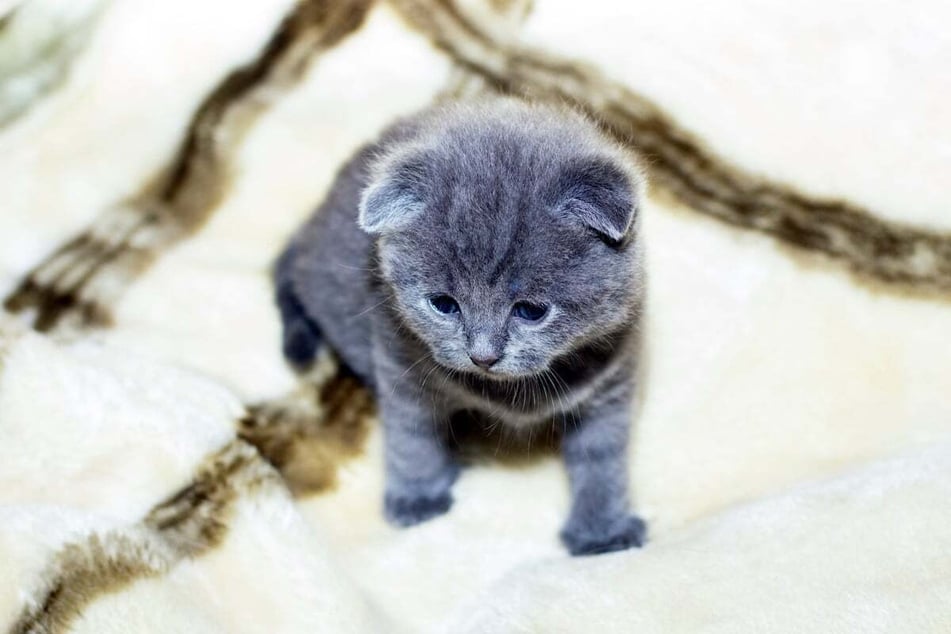
Up to and including the third week of life, a kitten sleeps for most of the day, sometimes making small attempts to walk. At the age of three weeks, the first milk teeth come through in the cat's mouth, and by the eighth week, a total of 26 milk teeth have developed. This is the beginning of the teething period. The cat will keep its small, pointed milk teeth until it is five or seven months old.
Phase 3: Your cat's fourth week
From the fourth week of life onwards, you can gradually offer a small amount of cat food that has been specially designed for kittens. It is important that the change of food is carried out very slowly in order to get the kitten's digestive system used to solid "real" food. At this stage, cats start to go on little outings and are interested in games as well as their surroundings.
Phase 4: Your cat's eighth week
If the cat is eight weeks or two months old, it should no longer be suckled by its mother and should only eat solid food. As the cat is still growing, it should be given food that is rich in nutrients. An eight-week-old cat should also have its first veterinary examination.
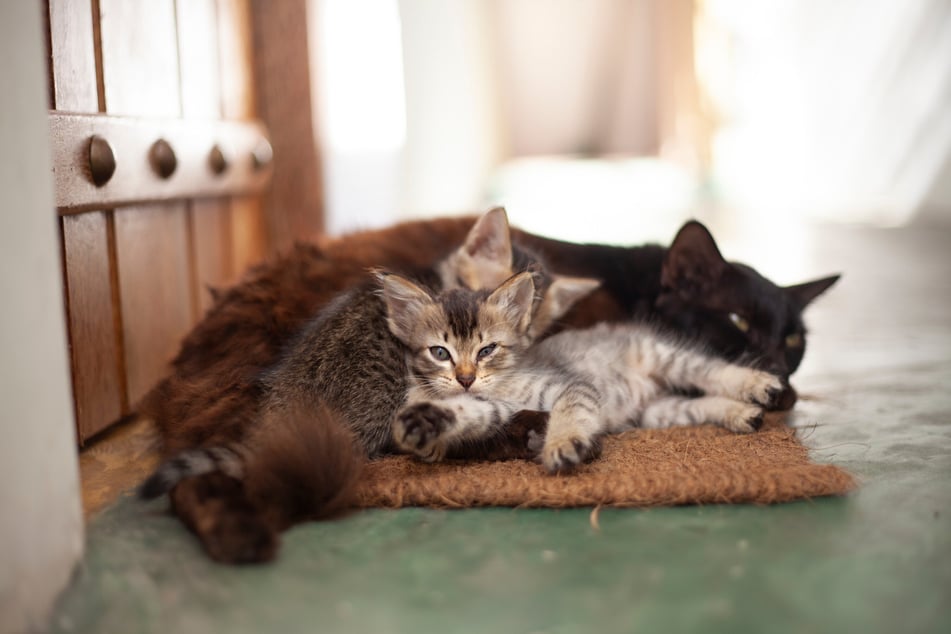
Phase 5: Three months in
Between the third and sixth months of a cat's life, the 26 milk teeth begin to fall out, and the 30 permanent teeth come through. A cat can usually be separated from its mother between the ninth and twelfth week of life because its development and socialization is then relatively and sufficiently advanced to be looked after by a human.
Phase 6: Half a year in
When a cat is about half a year old, sexual maturity develops. This cat puberty can be a real challenge for owners because the animal has abrupt mood swings and starts experimenting, testing the limits. Every individual cat experiences this differently and at a different time. This is, however, the point at which neutering should be considered.
Phase 7: Fully grown
Most cats are fully grown after 12 to 15 months. How big and heavy an adult cat is, though, depends on its breed and sex. As soon as a cat stops growing, its food requirements are reduced to a normal level. Their adulthood is also reflected in their behavior, with adult cats being somewhat calmer, happier, and more relaxed than kittens.
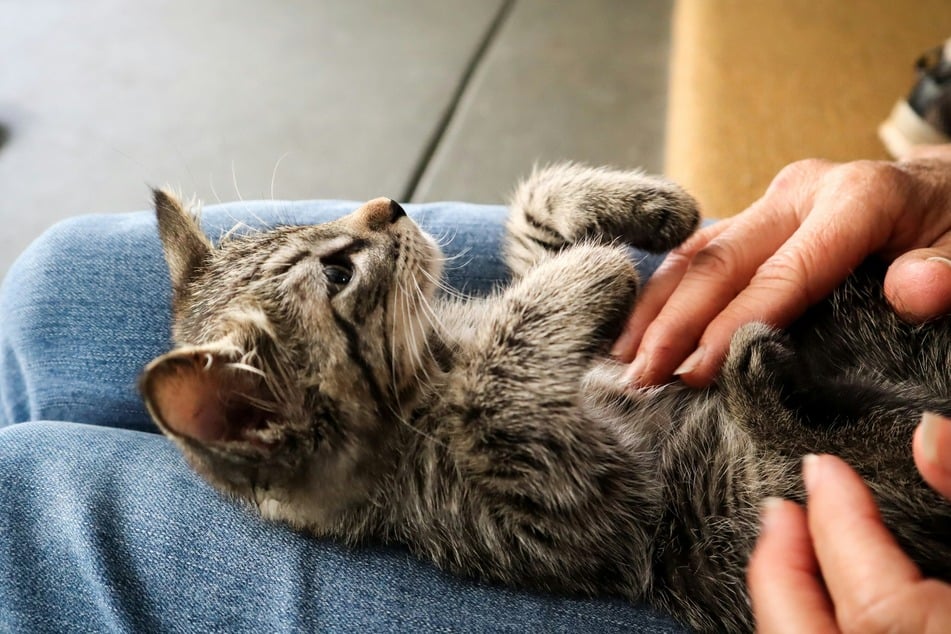
When do male and female cats stop growing?
Regardless of whether your cat is a male or female, it will stop physically growing in size between six and 12 months. Once this point has been reached, your cat should be on solid, proper food, and, as a result, if it continues to grow past 12 months, you should look into whether this is the result of overfeeding.
Average cat weight and size
Cats of different genders will, however, stop growing at vaguely different sizes, with males typically ending up bigger than females in terms of weight. This is in part due to higher testosterone levels in male cats, which cause them to exhibit all sorts of different and somewhat amusing characteristics as well – but this is not the place for that conversation.
Here's the average weight and size of male and female cats:
- Male cats: 16–18 inches long, 8–10 inches tall, 12–15 pounds in weight.
- Female cats: 15–17 inches long, 7–9 inches tall, 9–12 pounds in weight.
As a cat gets older and more mature, it's not just its body that'll change and develop. Your cat will become calmer, more collected, and a little less playful – this is all okay and completely normal. Embrace it – your baby's growing up!
Cover photo: Unsplash/Little plant

